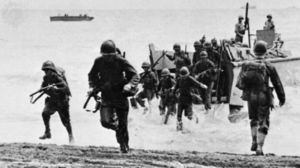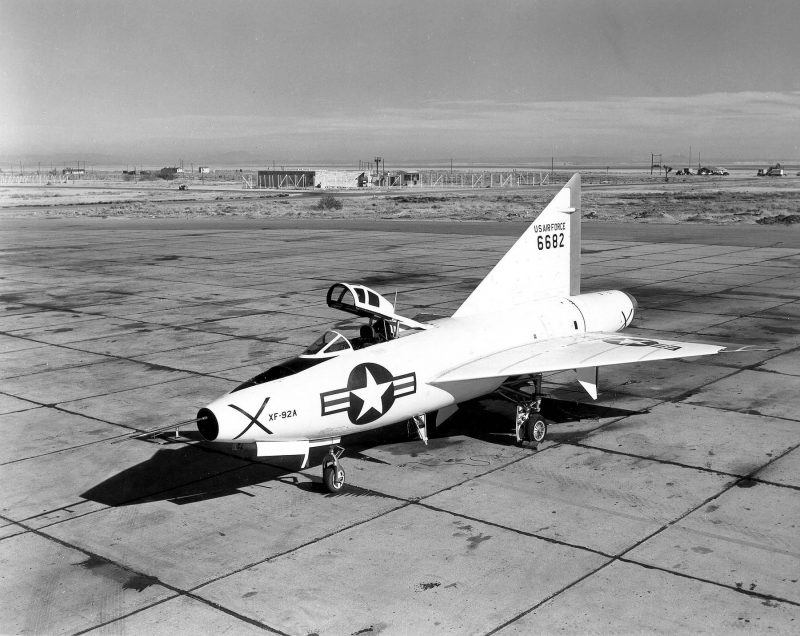September 18 in U.S. military history
1862: A day after the bloody Battle of Antietam, Gen. George B. McClellan blows yet another opportunity to capture Gen. Robert E. Lee’s Army of Northern Virginia, perhaps ending the Civil War. While Lee abandons his invasion of Maryland and turns south, McClellan allows the significantly outnumbered Confederates to withdraw to Virginia without pursuit.
1906: As revolution sweeps Cuba, the auxiliary cruiser USS Dixie (AD-1) disembarks a battalion of Marines at Cienfuegos to help protect American-owned plantations.
1941: In preparation for World War II, 19 divisions of soldiers – 400,000 troops – participate in a series of massive exercises in Louisiana. In addition to learning how to direct and supply such a large force, Gen. George Marshall’s growing army is testing the effectiveness of combined-arms mechanized units that would be facing the German military and their (so-far) unstoppable blitzkrieg tactics.
26 soldiers will die during the maneuvers, but the Army gains experience that will prove invaluable during the upcoming war. Among those participating are future commanders Dwight Eisenhower, Omar Bradley, Mark Clark, and George Patton, who says “If you could take these tanks through Louisiana, you could take them through Hell.”

1942: Over 4,000 Marines of the 7th Marine Regiment land at Guadalcanal and join the battle, along with much-needed supplies. Maj. Gen. Archer A. Vandegrift’s men had dubbed the invasion “Operation Shoestring” as the Navy only managed to unload half of the supplies on Guadalcanal before departing. After suffering heavy casualties, the Marine 1st Parachute Battalion is pulled from the lines and sent to Espiritu Santo.
1944: During the drive across Europe, the 101st Airborne Division captures the Dutch city of Eindhoven and the Ninth Army captures Brest, France.
Two years after landing at Guadalcanal, the 7th Marines are now fighting their way across the island of Peleliu. When a platoon of Marines is held up by concealed enemy positions on their left flank, Pfc. Arthur J. Jackson moves forward through a barrage of heavy enemy fire. He reaches a pillbox containing 35 enemy soldiers, pinning them in with automatic weapons fire, then hurling white phosphorous grenades and explosive charges into the position, killing all of its occupants. He then turned his attention to two nearby positions, silencing them as well.
Although advancing alone and in the face of heavy fire, Pfc. Jackson continued on to wipe out a total of 12 positions and neutralized 50 enemy soldiers, contributing “essentially to the complete annihilation of the enemy in the southern sector of the island.” Jackson was awarded the Medal of Honor for his actions.
1947: The National Security Act of 1947 enacts sweeping reorganization of the Armed Forces and intelligence service structure. After 40 years of service as a component of the Army, the newly formed Air Force stands up as an independent branch of the military. The act creates a National Military Establishment – renamed the Department of Defense in 1949 – with the Army, Navy, and Air Force now under a unified command. Also established is the Joint Chiefs of Staff, which provides military advice to the president and the new Cabinet position of Secretary of Defense.
The act also establishes the Central Intelligence Agency – America’s first peacetime intelligence service – and the National Security Council, which advises the president on matters of national security and foreign policy.
1948: (Featured image) The first delta-winged aircraft prototype – Convair’s XF-92 – conducts its maiden flight. The cutting-edge design will pave the way for forthcoming platforms such as the F-102 Delta Dagger, F-106 Delta Dart, and the B-58 Hustler.
1968: In South Vietnam’s Quang Nam Province, a group of Marines on patrol is ambushed by enemy forces, hitting Pvt. 1st Class Dewayne T. Williams in the back. Despite his serious wounds, Williams crawls forward to establish a forward firing position when an enemy grenade lands in the middle of the Marines. Williams spots the grenade and rolls on top of it, sacrificing himself to save his comrades and is posthumously awarded the Medal of Honor.

Today’s post is in honor of Spc. Chazray C. Clark, who was killed by an improvised explosive device in Afghanistan’s Kandahar province on this day in 2011. The 24-year-old native of Ecorse, Mich. was assigned to 4th Squadron, 4th Cavalry Regiment, 1st Heavy Brigade Combat Team, 1st Infantry Division, Fort Riley, Kan.
